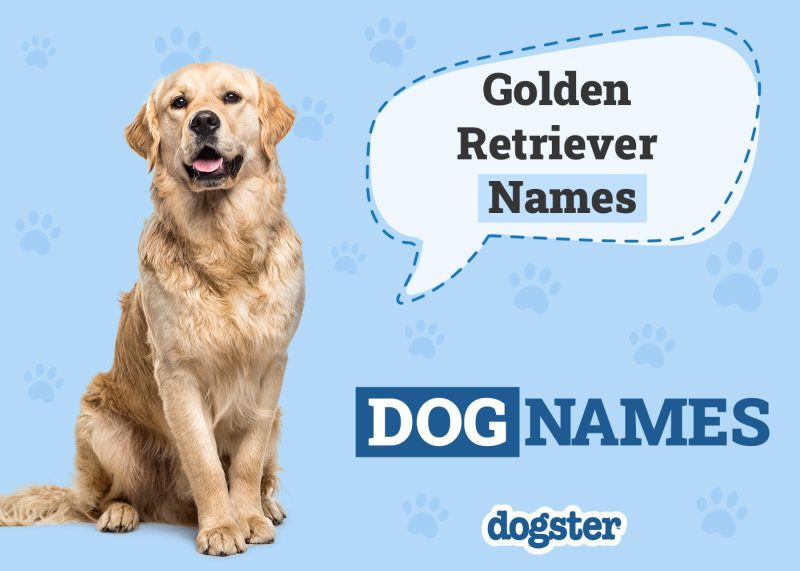Dogs pant for all sorts of reasons. Dogs do not have sweat glands all over their body; they have just a few of them on their paws. Therefore, dogs have to pant to expel excessive body heat to cool themselves. If your dog is panting because they are hot, there usually isn’t anything to worry about, since this is a normal behavior. You don’t need to “calm” a dog that is panting because they are hot. However, you should offer them some cold water or get them somewhere cool if they’re panting very profusely. Heat stroke is a medical emergency that should always be avoided.
Every time we are trying to understand the cause of certain dog behaviors, it is important to evaluate the environment, temperature, and activity the dog has had. If your dog is panting due to heat, please proceed directly to read this: 10 Vet-Approved Tips on How to Cool Down a Dog
Every dog owner should be aware of the fact that dogs can also pant because they are stressed. Similar to humans who sweat when they are nervous, dogs can also pant because they are anxious or stressed. In this case, you may want to attempt to calm your dog. If this is the case, this is the right post to read for the best tips on how to calm a dog that is panting due to stress.

The 8 Tips to Calm Down a Panting Dog
1. Stay Calm
You need to stay calm to help your dog stay calm. Dogs can often feel when we are stressed. Therefore, if you’re stressed and trying to calm your dog, it probably won’t work. In many cases, staying calm is easier said than done. It helps to take a few deep breaths and focus on you before you start focusing on your dog.
If you need to, there is nothing wrong with taking a break and having someone else stay with your dog for a bit. If you are stressed out, remaining around may do more harm than good, especially if you have someone who can take over while you take a break.
2. Offer Some Water
A panting dog can become dehydrated quickly, even if they aren’t panting because they are hot. Therefore, we recommend offering them water to ensure they stay hydrated. If your dog isn’t interested in drinking, try offering them dog-safe bone broth instead.
Please remember your dog should always have access to clean drinking water.

3. Analyze the Environment
If you know that your dog is panting due to stress, you will need to try to figure out what is causing your pup to feel that way. Is it a certain noise, the vacuum, or even the microwave? Maybe the presence of another pet? Careful observation can help you identify the triggers so you can make a management plan to prevent them or actively desensitize your dog to them.
4. Distract Them
A great way to calm a stressed dog is to distract them. Just like with us, exercise and fresh air can have very positive effects on your dog’s mental state. You can also take them out for a walk if they are able. Of course, this isn’t always possible, but many dogs are plenty distracted by walks. You can also take a slow, winding walk to distract your dog for longer.
Sometimes, just a change in scenery is enough. If your dog likes car rides, you can take them on one. However, some of these dogs are more stressed out by cars than others. You know best what it is that your dog enjoys. Once your dog is calm and in a better state of mind, offer them a treat. If possible, aim for one that takes longer to consume so that your dog stays distracted for longer. Puzzle feeders are a great option if your dog will use them.

5. Consult the Vet
If your canine is commonly getting stressed out, it may be time to consult a vet. The vet can prescribe medication to dogs with serious anxiety issues. If your dog’s stress is due to pain or a medical condition, the vet can treat that, as well. There are many steps that the vet can take to make your canine calm down and relax more often. Sometimes, targeted medication is the way to go. However, very high-strung dogs may benefit from calming supplements or sprays, or simply from some focused behavioral training.
If you need to speak with a vet but can't get to one, head over to PangoVet. It's our online service where you can talk to a vet online and get the advice you need for your pet — all at an affordable price!

6. Try Calming Pheromones
Not all dogs respond readily to pheromones. However, some dogs respond to them extremely well, making them a good choice in some instances. These pheromones are synthetic versions of the pheromones produced by mother dogs, which keep their puppies calm and happy. Therefore, we highly recommend that you at least try these if your dog is commonly stressed out.
Calming pheromones usually come in the form of a collar, which ensures that your dog is always surrounded by the pheromones. For these to work, your dog does have to wear the collar practically all the time, and they take some time before they start having the desired positive effect on dogs. In other words, the effect is not immediate. You can also find them as a diffuser. However, this will only be effective in a certain area range, so for dogs, collars seem to be a better choice.

7. Try Supplements
There are several supplements that can help some dogs with stress. Dogs with nutritional deficiencies are more likely to become more stressed. Therefore, fixing these nutritional problems can help your dog handle stress a bit better. Similarly, sometimes dogs with increased levels of certain nutrients can handle stress better. Certain supplements are based on antioxidant or anxiolytic properties, and even supplements that aim to help dogs have a healthier gut microbiome will have positive outcomes on their overall stress levels.
Usually, supplements aimed at treating stress have higher levels of these nutrients in them. Of course, you should also feed your dog quality dog food to help ensure that they are meeting all of their nutritional needs.
8. Try Anti-Anxiety Wraps
On the market today, you can find lots of wraps that are designed specifically for dogs with anxiety. These wraps work by providing gentle pressure to your dog and giving them a “hug.” While these don’t always work and don’t work for extreme stress, they can be helpful when paired with other methods.
You can also put the shirt on before your dog becomes stressed out. In this way, you can help ensure that your canine is properly prepared for the potential of stress. This is why figuring out what your dog’s stress triggers are can be very helpful to take preventive measures, such as putting on anti-anxiety wraps or shirts beforehand.

Conclusion
Dogs can pant for several reasons, one of them being due to stress. Once you conclude that your dog is not overheating and stress is behind the behavior, there are a lot of things you can do to calm them down. For instance, you can distract them with a long walk, change their scenery, and ensure that they are getting all of their nutritional needs. Veterinary help is recommended to rule out pain, and consider medical treatment if your dog’s anxiety is interfering with their life.
With that said, your main goal shouldn’t be to change the panting itself. Instead, you should pay attention to the underlying cause of the anxiety and fix that, if possible, or take the necessary preventive measures. While some dogs are more sensitive to stressors than others, a panting dog needs to be addressed before their health is compromised.
Featured Image Credit: michaelbarrowphoto, Shutterstock



















